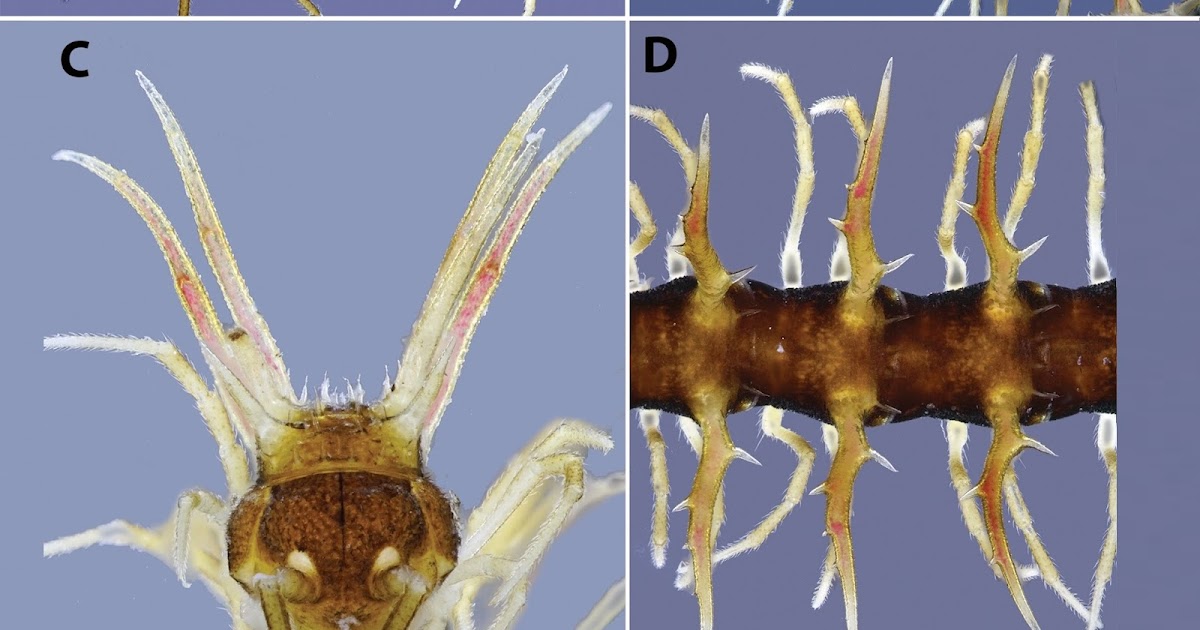An analysis of ancient kangaroo fossils from World Heritage caves in South Australia reveals that the prehistoric beasts had a more varied diet than previously thought.
Such an adaptable palate would have made the now extinct kangaroos resilient to climate change. The findings shed new light on our understanding of how most of Australia’s megafauna went extinct.
The fossils come from the Naracoorte Caves in South Australia.
Naracoorte is about 320km southeast of the state capital, Adelaide. Fossils were preserved in sediment which built up in the cave for about the last 500,000 years. The caves are one of the most significant fossil sites in the world, highlighting changes in biodiversity in an ecosystem over hundreds of thousands of years.
At least 93 vertebrate species have been discovered in the caves among the 5,000 catalogued specimens. Many thousands more could be awaiting discovery.
Among the species are some of the largest marsupials ever, the buffalo-sized Zygomaturus trilobus and Palorchestes azael. The cave’s fossils also include Australia’s largest ever mammal carnivore, the extinct “marsupial lion” Thylacoleo carnifex.
There are also species which are familiar to us such as wallabies, Tasmanian devils, turtles, giant snakes, bats, parrots, possums, lizards and frogs. There are even remains of thylacines (Tasmanian tigers) which went extinct on the mainland long before their human-driven extinction from Tasmania in 1936.
It wouldn’t be a species-rich Australian fossil site without a few kangaroos too.
Naracoorte has preserved ancient kangaroo species including Macropus titan – an extinct, giant relative of today’s grey kangaroo – and Procoptodon goliah – a 3m-tall, heavily-built short-faced kangaroo which was the largest kangaroo ever.
The new research, published in the journal Science, used Dental Microwear Texture Analysis to compare the diets of 12 extinct species found at Naracoorte with those of 17 modern species.
“Our study shows that most prehistoric kangaroos found at Naracoorte had broad diets,” says lead researcher Sam Arman, from Flinders University. “This dietary flexibility likely played a key role in their resilience during past changes in climate.”
The findings challenge previous theories that extinct kangaroo species died out due to their specialised diets. In fact, the study showed that most species were mixed feeders, gorging on a combination of grasses and shrubs.
This suggests the ancient kangaroos would have been able to adapt their diets when climate changes altered vegetation patterns.
“Most of the Naracoorte kangaroo species actually had similar everyday diets, which would reflect foods that were most nutritious and readily accessible,” says Flinders University’s Gavin Prideaux.
“Having the hardware to eat more challenging foods would have helped them get through seasons or years when their preferred food was rare,” Arman adds. “An analogy might be my 4×4. Most of the time, I don’t need to engage four-wheel drive, but this capability becomes crucial when I do need it.”








Leave a Comment